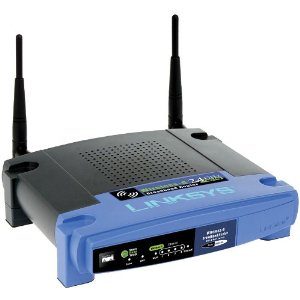Restricting access to hidden site using .htaccess
Just like in real-life construction and rebuilding, you sometimes need to demolish and rebuild an existing website. And you probably want to do this behind a very nice and safe wall.
The wall, in our case, will be a “currently rebuilding. please visit soon” index.html file. If directory index priority is set to html then php, now the index.html file will be our visible website and hide the soon-to-be-demolished php-based website.




